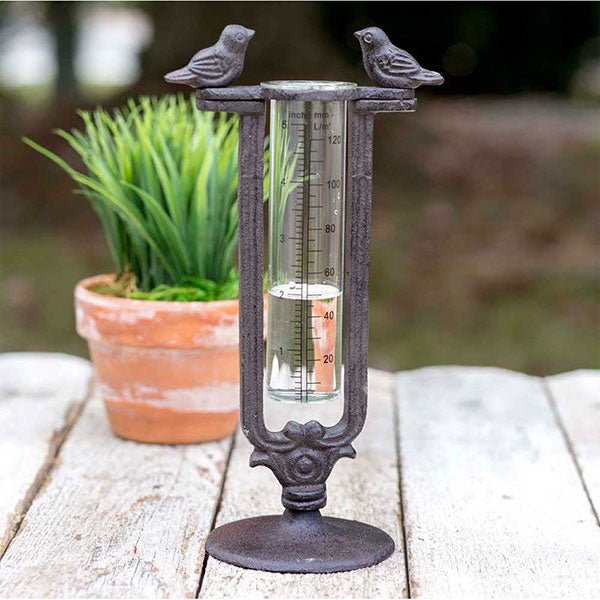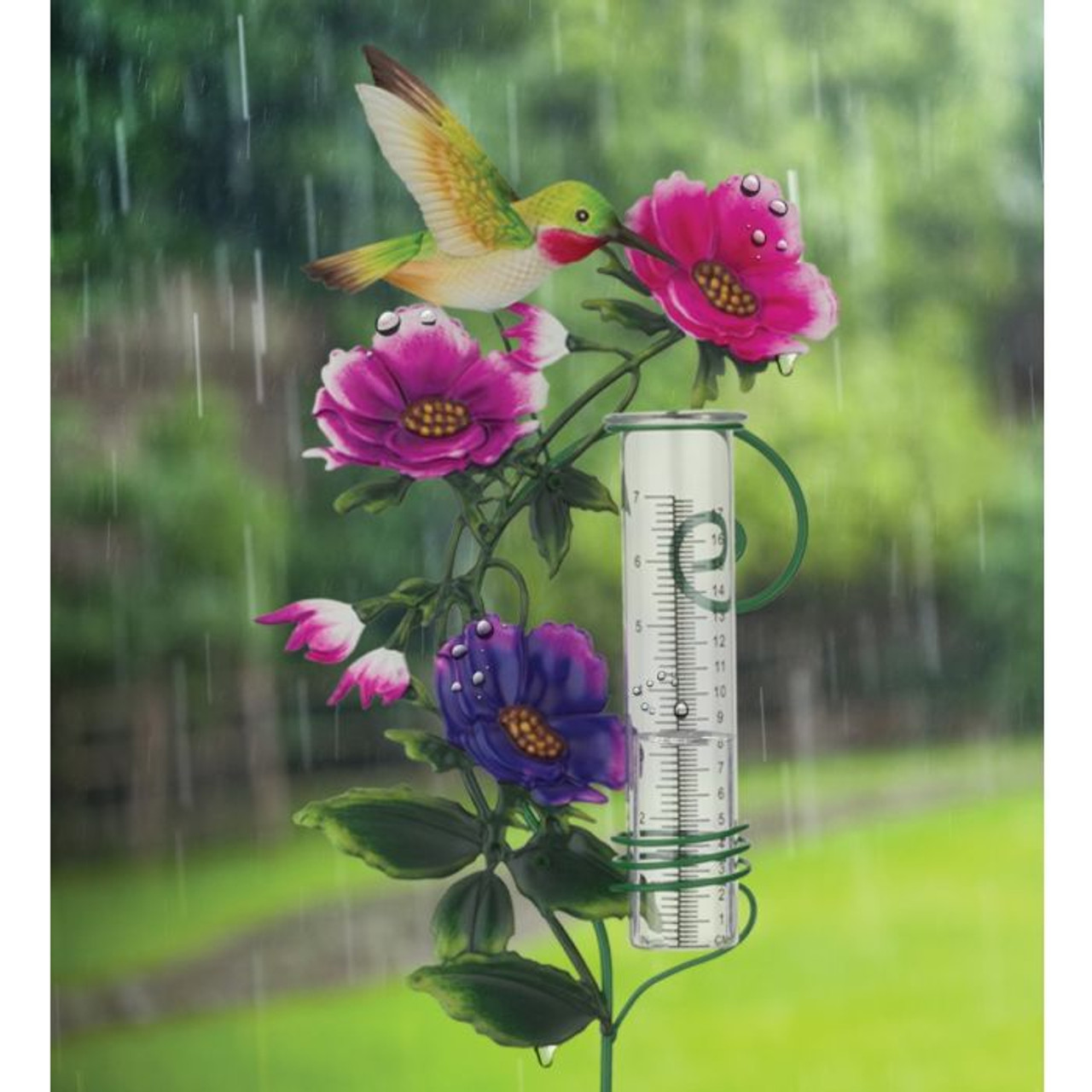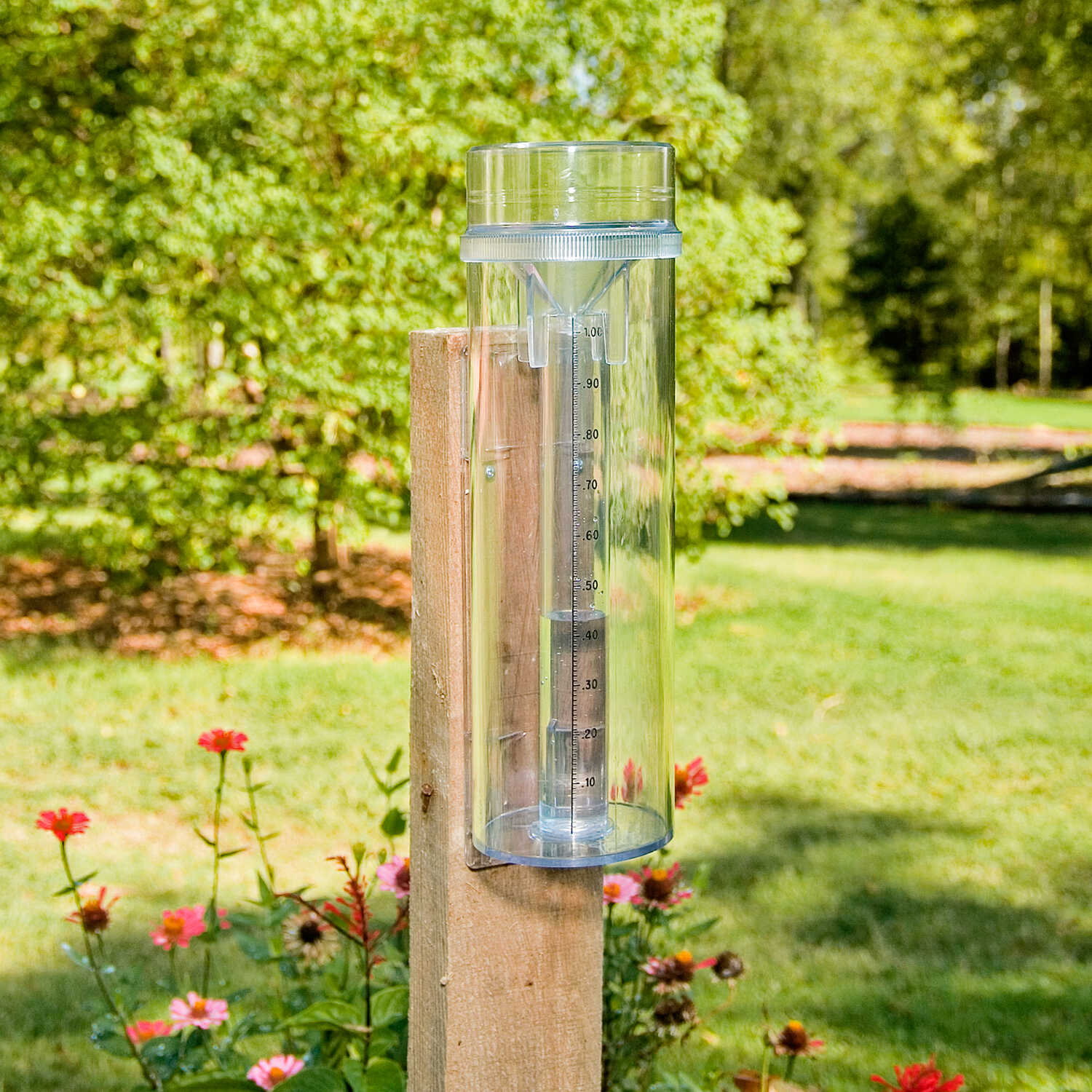Your Go-To Source on The Rain Gauge: Advantages and Practical Applications
Your Go-To Source on The Rain Gauge: Advantages and Practical Applications
Blog Article
How to Select the Right Rainfall Gauge for Accurate Rain Data
Precise rainfall data is vital for numerous markets and activities, such as water, agriculture, and weather forecasting source administration. To get reliable dimensions, it is vital to choose the right rain gauge. This guide intends to offer beneficial understandings into the option process, enabling you to make enlightened decisions. Thinking about aspects such as location, type, and accuracy of the rainfall gauge will certainly help guarantee exact data collection. In addition, comprehending the upkeep and calibration treatments will add to the longevity and reliability of your rain scale. By adhering to these standards, you can make certain accurate rainfall information, allowing much better decision-making and planning for numerous applications.
Relevance of Choosing the Right Rain Scale
The value of selecting the best rain scale hinges on acquiring dependable and exact rains information for precise atmospheric evaluation. Rainfall information is important for a large range of applications, including weather condition forecasting, hydrological modeling, and environment research study. Inaccurate or undependable information can result in incorrect final thoughts and flawed decision-making procedures.

Second of all, the accuracy and precision of the rain gauge are critical. The gauge needs to be able to gauge rainfall with high accuracy, recording even little quantities of rainfall properly.
Additionally, the location and installation of the rain gauge are critical considerations. It should be placed in an open location, far from obstructions that might affect rainfall dimensions. The scale needs to be positioned at an appropriate height and angle to prevent splashing and ensure proper catchment of rain.
Aspects to Consider When Selecting a Rainfall Scale
When choosing a rain gauge, there are numerous crucial variables to take into consideration. There are various kinds available, consisting of basic rainfall gauges, tipping bucket rain determines, and weighing rain determines.
An additional variable to take into consideration is the material of the rainfall gauge. Rainfall assesses can be constructed from different products, such as plastic, glass, or steel. The product chosen need to be resistant and durable to climate condition, making certain that the rain scale will stand up to the elements and supply exact measurements with time.
Accuracy is likewise a critical aspect to consider. Look for rain determines that have actually been calibrated and evaluated for precision. Functions such as anti-splash rings and funnels can also enhance the accuracy of the measurements.

Finally, think about the climate and setting in which the rain scale will certainly be utilized. Different rain gauges are suitable for various environments, so it is necessary to choose one that is ideal for the problems in your location.
Different Kinds Of Rain Determines Available
To even more check out the variables to take into consideration when selecting a rainfall scale, it is vital to understand the various sorts of rainfall assesses available. There are a number of kinds of rain determines, each with its very own advantages and drawbacks. One of the most typical kind is the conventional rain gauge, also called the round rain gauge. This type includes a straight-sided round container with a funnel-shaped top. It is simple to make use of and gives precise measurements of rains.
An additional kind of rainfall gauge is the tipping bucket rain scale. As the rain falls right into the gauge, it fills up one side of the bucket, causing it to tip and clear the water.
A third kind of rain gauge is the considering rain scale. This scale utilizes a balance system to measure the weight of the accumulated rains. As the rain comes under the gauge, it is gathered in a container linked to a balance. The weight of the water is measured, and the rainfall quantity is determined based upon the weight. Evaluating rain evaluates are highly accurate yet can be more costly and need routine maintenance.
Ultimately, there are additionally remote rainfall determines that usage progressed technology to measure rains (The Rain Gauge). These assesses use sensors and transmitters to send information wirelessly to a central unit. Remote rainfall determines are convenient for keeping track of rainfall in hard-to-reach locations or for large-scale information collection
Exactly How to Determine the Accuracy of a Rainfall Gauge
One method to analyze the precision of a rain gauge is by performing regular calibration dimensions. Calibration involves comparing the readings of a rain scale to a basic dimension, such as a certified rainfall gauge or a climate station with high precision. By contrasting the dimensions, any type of disparities or inaccuracies in the rainfall scale click over here now can be determined and made up.
To perform a calibration measurement, beginning by accumulating rainfall information from both the rain gauge and the basic dimension gadget over a particular amount of time, such as a month. Then, compare the readings and compute the difference between them. This distinction is called the calibration mistake.
It is essential to keep in mind that calibration dimensions need to be executed frequently, as ecological variables, such as temperature level, particles, and wind, can impact the precision of the rain gauge gradually. By performing normal calibrations, any modifications in the precision of the rainfall gauge can be detected and modifications can be made as necessary.
In enhancement to calibration, it is additionally suggested to clean and maintain the rainfall scale consistently to ensure its precision. Remove any type of particles or obstructions that may impact the accuracy of the dimensions, and look for any kind of signs of damage or use that may need repair work or substitute.
Tips for Keeping and Adjusting Your Rain Scale
Regular upkeep and calibration are vital for making certain the accuracy and integrity of your rain scale in measuring rains data (The Rain Gauge). By complying with a few simple ideas, you can ensure that your rainfall gauge is properly kept and calibrated
Firstly, it is necessary to clean your rain scale frequently to stop any kind of debris or dust from blocking the rain collection device. Utilize a soft brush and a mild cleaning agent to delicately clean up the inside and exterior of look at these guys the gauge. Rinse it thoroughly with tidy water and permit it to dry completely prior to reinstalling it.
Second of all, it is suggested to calibrate your rain scale at the very least annually. Calibration includes comparing the measurements of your rainfall gauge with those of a relied on and accurate reference gauge. This will assist you identify and fix any kind of prospective mistakes in your rain gauge's measurements.
To calibrate your rain gauge, gather a well-known volume of water making use of a measuring container and compare it with the dimensions recorded by your rain gauge. Change the readings as necessary to ensure precision.

Verdict
In final thought, selecting the best rainfall scale is vital for acquiring exact rains data. Variables such as budget, place, and objective must be considered when selecting a rainfall gauge.
There are different types offered, including conventional rain determines, tipping bucket rain evaluates, and evaluating rain determines.To better discover the factors to take into consideration when picking a rain scale, it is essential to comprehend the various types of rainfall gauges available. The most usual kind is the common rain gauge, likewise known as the cylindrical rainfall gauge.One more type of rainfall scale is the tipping pail rainfall gauge. Calibration involves contrasting the analyses of a rainfall gauge to a common hop over to these guys dimension, such as a licensed rain gauge or a climate terminal with high precision.
Report this page